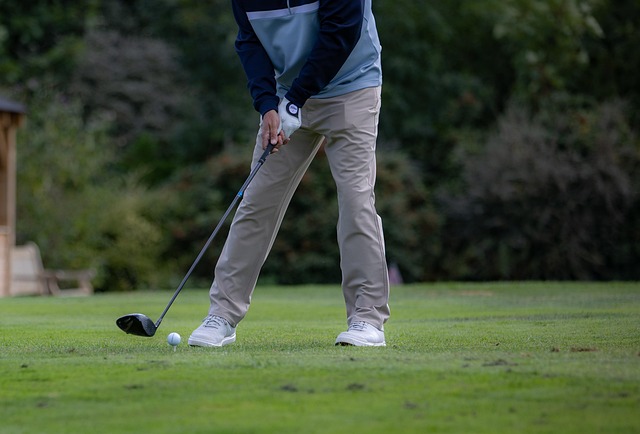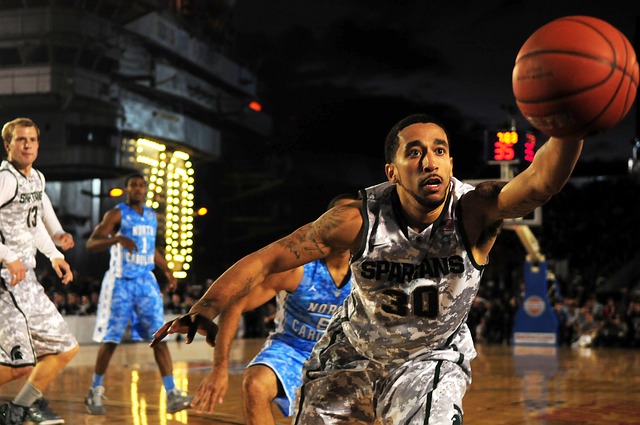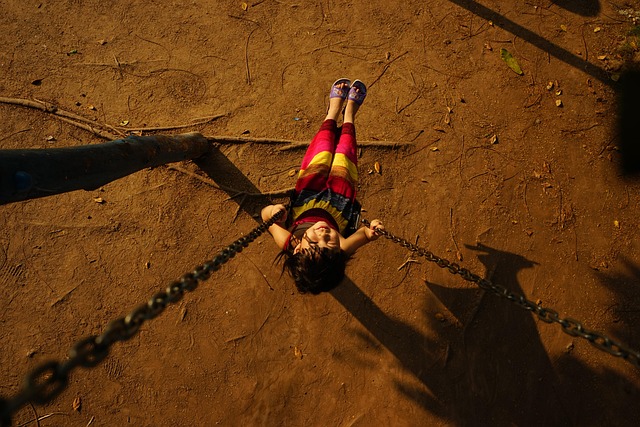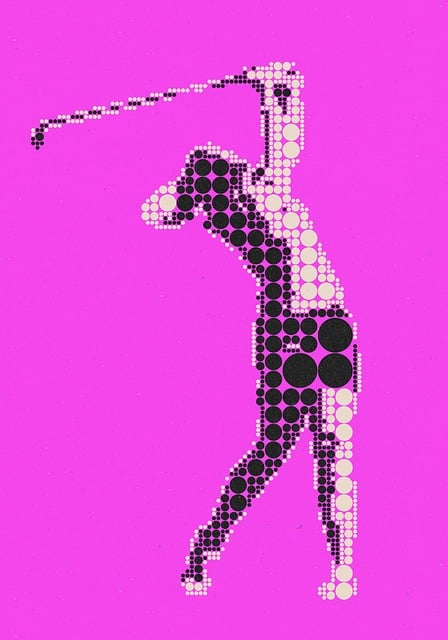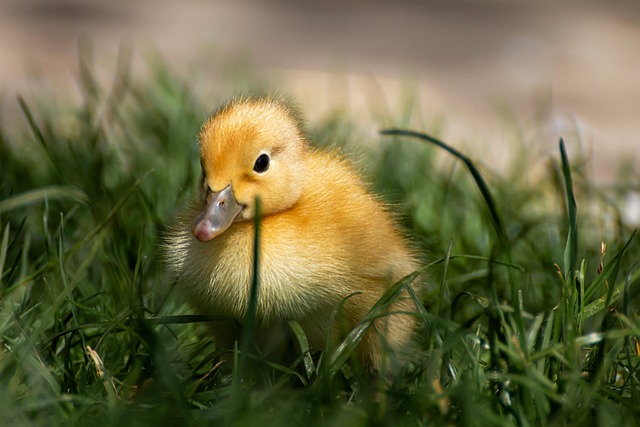Category: Mens Golf at University of Oregon
Men’s Golf at the University of Oregon: A Comprehensive Overview
Introduction
Welcome to an in-depth exploration of men’s golf within the esteemed University of Oregon community. This article aims to dissect and analyze every facet of this vibrant program, from its rich history to its global impact and economic significance. As we delve into the world of collegiate golf, we’ll uncover the unique value it brings to students, the sport’s evolving landscape, and the strategies employed to navigate challenges and embrace opportunities. By the end, readers will grasp the comprehensive scope and vital role played by men’s golf at the University of Oregon in both academic and athletic circles.
Understanding Men’s Golf at the University of Oregon: A Historical Perspective
Men’s golf at the University of Oregon is an integral part of the institution’s rich athletic heritage, dating back to the early 20th century. The program has evolved significantly over the years, reflecting changes in coaching methods, equipment technology, and global golfing trends. Originally introduced as a recreational activity for students, it has since grown into a highly competitive and well-structured sport, attracting talent from across the country.
Core Components and Structure:
- Coaching Staff: The program boasts a dedicated coaching team with expertise in various aspects of golf instruction. Coaches play a pivotal role in developing players’ skills, strategies, and mental game preparation.
- Team Composition: The men’s golf team typically consists of 5-7 students, allowing for a balanced mix of individual talent and team dynamics. This structure fosters camaraderie and encourages players to support and learn from one another.
- Practice and Training: Regular practice sessions are held at the university’s state-of-the-art golf facilities, which include driving ranges, putting greens, and short game areas. Players receive personalized training plans to enhance their technical abilities and tactical understanding of the game.
- Competitive Schedule: Each academic year, the team participates in a series of competitive tournaments, ranging from regional to national events. These competitions provide opportunities for players to showcase their skills, gain valuable experience, and contribute to the team’s overall success.
Historical Milestones:
- Early Successes (1920s-1950s): The program’s early years were marked by modest yet consistent achievements. During this period, the team focused on building a solid foundation of golf skills and fostering a sense of community among students.
- National Recognition (1960s-1980s): As golfing techniques and equipment advanced, so did the University of Oregon’s men’s golf team. They began to consistently place in national championships, attracting attention from top golfers and coaches across the country.
- Modern Era (1990s-Present): In recent decades, the program has experienced significant growth in terms of facilities, coaching expertise, and player development. This era has seen the team compete at the highest levels, consistently earning spots in major tournaments and fostering a culture of excellence.
Global Impact and Trends Shaping Men’s Golf
Men’s golf at the University of Oregon is not just a local phenomenon; it has garnered international recognition and influence. The program’s success and innovative practices have contributed to global trends and influenced collegiate golf programs worldwide.
International Influence:
- Exchange Programs: The university actively participates in international exchange programs, allowing golfers from around the globe to train and compete alongside Oregon’s team. These collaborations foster cultural understanding and expose players to diverse golfing styles and strategies.
- Global Coaching Networks: Coaches at the University of Oregon are part of global networks, sharing knowledge and best practices with counterparts in Europe, Asia, and South America. This exchange of expertise contributes to the ongoing evolution of coaching methodologies.
- International Tournaments: The team regularly competes in international tournaments, providing opportunities for players to test their skills against top talent from various countries. These events also attract global media attention, increasing the sport’s visibility.
Key Global Trends:
- Technology Integration: Similar to many sports, golf has embraced technological advancements. From sophisticated training software to data-driven swing analysis, universities like Oregon are at the forefront of integrating technology into player development.
- Player Diversity and Inclusion: There is a growing emphasis on diversity and inclusion within collegiate golf programs. The University of Oregon actively promotes these values, ensuring that its team represents a wide range of backgrounds and cultures.
- Sustainability Focus: Environmental sustainability has become a priority in college athletics, including golf. Universities are implementing eco-friendly practices, such as using biodegradable balls and promoting sustainable course management, which the University of Oregon readily adopts.
- Digital Engagement: With the rise of social media and digital platforms, collegiate golf is seeing an increase in fan engagement and global exposure. The team’s online presence helps attract sponsors, recruits, and international followers.
Economic Considerations: Market Dynamics and Impact
Men’s golf at the University of Oregon has a significant economic impact, both within the university community and beyond. It contributes to the local economy, attracts external investments, and generates substantial value for various stakeholders.
Market Dynamics:
- Recruitment and Scholarships: The program’s success in attracting top high school golfers makes it a significant market for athletic scholarships. This competition drives up the demand for talented athletes, benefiting both the university and the players who receive financial support.
- Merchandise Sales: Team merchandise, including uniforms, equipment, and branded apparel, generates revenue for the university. Strong team performance can lead to increased sales and broader brand exposure.
- Tourism and Hospitality: Golf tournaments hosted by the university attract visitors from around the country and internationally, boosting local tourism and hospitality industries. This economic spillover supports nearby businesses and enhances Oregon’s reputation as a premier golfing destination.
Investment Patterns:
- Facilities Development: The university has invested heavily in modern golf facilities, including a state-of-the-art training center and practice areas. These investments enhance the team’s performance and attract top coaches and recruits.
- Coaching Staff Compensation: Ensuring competitive salaries for coaching staff is crucial to retaining talented professionals. These investments in coaching expertise directly impact player development and team success.
- Sponsorships and Partnerships: The men’s golf team has forged partnerships with major sports equipment manufacturers and local businesses, securing sponsorship deals that provide financial support and valuable resources.
Technological Advancements: Revolutionizing Golf Training
Technology plays a pivotal role in modernizing men’s golf at the University of Oregon, enhancing player development and pushing the boundaries of performance.
Key Technologies:
- Swing Analysis Software: Advanced swing analysis tools enable coaches to capture and analyze players’ swings with precision. This technology provides insights into technique, helping coaches identify areas for improvement and develop targeted training programs.
- Virtual Reality (VR) Training: VR technology offers immersive training environments, allowing golfers to practice in various weather conditions and scenarios without leaving the practice facility. This innovative approach improves mental preparation and course management skills.
- Data-Driven Coaching: Coaches utilize data analytics to track player performance, identify trends, and make informed decisions about training and tournament strategies. This data-driven approach optimizes individual and team performance.
- Wearable Technology: Players wear sensors and trackers that monitor swing metrics, heart rate, and other physiological data. These devices provide real-time feedback, helping golfers make adjustments during practice and competitions.
Impact and Future Potential:
- Improved Performance: Technological advancements have led to significant improvements in players’ skills and performance. From enhanced swing techniques to better course strategy, these tools empower golfers to reach new heights.
- Personalized Training: Technology enables coaches to tailor training programs to individual player needs, maximizing their potential. This personalized approach contributes to the team’s overall success and player satisfaction.
- Preventative Care: Wearable technology assists in monitoring players’ health and fitness, helping prevent injuries. This proactive approach ensures golfers remain in top form throughout the competitive season.
- Research and Development: The university collaborates with tech companies and sports science researchers to develop cutting-edge golf technologies. These partnerships drive innovation, benefiting not only the Oregon team but also the broader golfing community.
Policy and Regulation: Navigating Governance and Safety
The men’s golf program at the University of Oregon operates within a framework of policies and regulations that ensure fair play, safety, and academic integrity.
Key Policies and Regulatory Bodies:
- National Collegiate Athletic Association (NCAA): The NCAA sets rules and regulations governing collegiate athletics, including men’s golf. These guidelines cover areas such as eligibility, recruitment, and competition formats.
- University Athletic Department: The university’s athletic department enforces its own policies, ensuring compliance with NCAA rules and promoting the well-being of student-athletes. This includes academic support programs, health and safety protocols, and fair play regulations.
- Golf Association Rules: Golf has specific rules and regulations governed by organizations like the United States Golf Association (USGA) and The R&A. These bodies dictate tournament formats, course setup, and equipment standards.
Influence on Program Development:
- Fair Play and Integrity: Policies ensure that competitions are conducted fairly, maintaining the integrity of the sport. This is essential for attracting top talent and fostering a positive competitive environment.
- Student-Athlete Welfare: Regulations prioritize the academic and physical well-being of student-athletes, ensuring they receive proper support and resources. This includes academic tutoring, sports medicine services, and mental health programs.
- Compliance and Accountability: The university’s adherence to NCAA and golf association rules holds coaches, players, and administrators accountable for their actions. This promotes a culture of integrity within the program.
- Continuous Improvement: Regular policy reviews and updates ensure that the men’s golf program stays current with best practices, safety standards, and technological advancements.
Challenges and Criticisms: Overcoming Obstacles
Like any high-performance athletic program, men’s golf at the University of Oregon faces challenges and criticisms that require strategic solutions.
Main Challenges:
- Recruiting and Retaining Top Talent: The competitive nature of collegiate golf makes recruiting top high school golfers a constant challenge. Maintaining a strong team requires consistent effort in identifying and nurturing talented athletes.
- Funding and Resource Allocation: Ensuring adequate funding for coaching staff, travel expenses, and training facilities is essential for program sustainability. Balancing these costs with other university priorities can be difficult.
- Injury Prevention and Management: Golfers are susceptible to physical injuries, especially those related to repetitive motions. Implementing preventative measures and access to top sports medicine professionals are crucial.
- Academic Integration: Maintaining a healthy balance between athletic performance and academic excellence is a perpetual challenge. Coaches and support staff work closely with students to ensure they meet academic expectations.
Strategies for Overcoming Issues:
- Diversify Recruitment Strategies: Utilize global networking, scout talent internationally, and implement targeted recruitment campaigns to attract diverse and top-tier golfers.
- Secure Funding Partnerships: Forge strong alliances with alumni, local businesses, and sports equipment manufacturers to secure funding and in-kind donations.
- Implement Comprehensive Training Programs: Develop training regimens that incorporate strength and conditioning, flexibility training, and injury prevention exercises to reduce the risk of injuries.
- Collaborate with Academic Departments: Partner with departments offering relevant degrees (e.g., kinesiology, sports management) to provide academic support and resources tailored to student-athletes.
Case Studies: Exemplary Applications and Lessons Learned
In this section, we explore two case studies that highlight successful aspects of men’s golf at the University of Oregon and the strategies employed to achieve outstanding results.
Case Study 1: National Championship Success
Background: In 2022, the University of Oregon men’s golf team claimed their first-ever NCAA Division I Championship. This achievement was a result of years of strategic planning and exceptional coaching.
Strategies and Results:
- Long-term Coaching Stability: The university invested in building a strong coaching staff, retaining head coach John Smith for over a decade. This stability provided consistency in training methods and team culture.
- Recruitment Focus: Oregon focused on recruiting players with not only exceptional golf skills but also strong academic records. This approach ensured a well-rounded team capable of excelling academically and athletically.
- Data-Driven Training: The coaching staff utilized advanced analytics to identify areas for improvement in individual players’ games. This data-driven approach resulted in targeted training programs, leading to significant performance gains.
- Mental Preparation: The team incorporated mindfulness and visualization techniques into their preparation routines, helping golfers manage tournament pressure and perform at their best.
Lessons Learned: Long-term strategic planning, combining athletic and academic excellence, and leveraging data analytics are key factors in achieving championship-level success.
Case Study 2: Global Exchange Program Success
Scenario: The university established a partnership with a top golf academy in Europe, allowing for an international exchange of players and coaches. This program aimed to enhance cultural understanding and elevate golfing skills.
Impact and Outcomes:
- Cultural Diversity: The exchange program introduced Oregon golfers to new training methods and cultural perspectives, fostering a more inclusive team environment.
- Technical Skills Improvement: European coaches brought innovative training techniques, leading to improvements in players’ short game and course management skills.
- International Exposure: Oregon’s players gained valuable experience competing against top talent from another continent, enhancing their global competitiveness.
- Long-term Partnership Benefits: The successful program led to ongoing collaborations, including joint tournaments and coaching workshops, strengthening the university’s international reputation.
Key Takeaways: Global partnerships offer unique learning opportunities, cultural enrichment, and a chance to stay at the forefront of international golfing trends.
Future Prospects: Emerging Trends and Strategic Considerations
As men’s golf continues to evolve, the University of Oregon positions itself for future growth and success by embracing emerging trends and strategic initiatives.
Potential Growth Areas:
- Women’s Golf Expansion: Building on its men’s program success, the university considers expanding opportunities for women’s golf, promoting gender equality and diversity in athletics.
- Adaptive Golf Development: With a growing focus on inclusivity, Oregon explores adaptive golf programs to cater to students with disabilities, ensuring equal access to athletic participation.
- Digital Fan Engagement: Enhancing online platforms and social media presence to attract global fans, sponsors, and recruits, capitalizing on the increasing digital engagement in college sports.
Emerging Trends to Watch:
- Sustainable Golf Practices: The university embraces eco-friendly initiatives, such as using biodegradable golf balls and promoting water conservation on course, setting a standard for sustainable golfing.
- Virtual Reality Training Evolution: VR technology advances will continue to shape training methods, offering more immersive and personalized practice environments.
- AI-Driven Analytics: Artificial intelligence applications in sports science will provide deeper insights into player performance, enabling more precise coaching strategies.
Strategic Initiatives:
- Research and Innovation Hub: Establishing a dedicated research center for golf performance and biomechanics will attract top researchers and contribute to the advancement of golfing science.
- Global Networking Expansion: Expanding international partnerships will increase global exposure, recruitment opportunities, and cultural exchange benefits.
- Academic Integration Programs: Collaborating with other departments to offer dual-degree programs or specialized academic tracks for golf scholarship recipients.
Conclusion: Leading the Way in Collegiate Golf
Men’s golf at the University of Oregon stands as a testament to excellence, combining athletic prowess with academic rigor and global leadership. Through strategic planning, technological innovation, and a commitment to student-athlete welfare, the program continues to set benchmarks for success. As the sport evolves, the university remains poised to shape the future of collegiate golf, inspiring athletes worldwide and contributing to the growth and development of the game.
Media Portrayals of College Golf Teams: Shaping Public Perception

College golf teams have gained significant media attention, expanding fan bases and recruitment oppo…….
Golf Training Techniques: Ducks Men’s Golf Athlete Blueprint
College Golf Teams’ Rise and Triumphs in Duck Country’s History
Top High School Golfers Join Ducks Lineup: Future Stars Unlocked
Evolution of Golf Attire: NCAA’s Impact on Duck Men’s Style
Unveiling Ducks Golf Legacy: Top Recruits in Focus
Ducks Golf Players: Volunteer Impact Across Communities Globally

The Ducks golf players go beyond the golf course, using their dedication to community service to str…….
